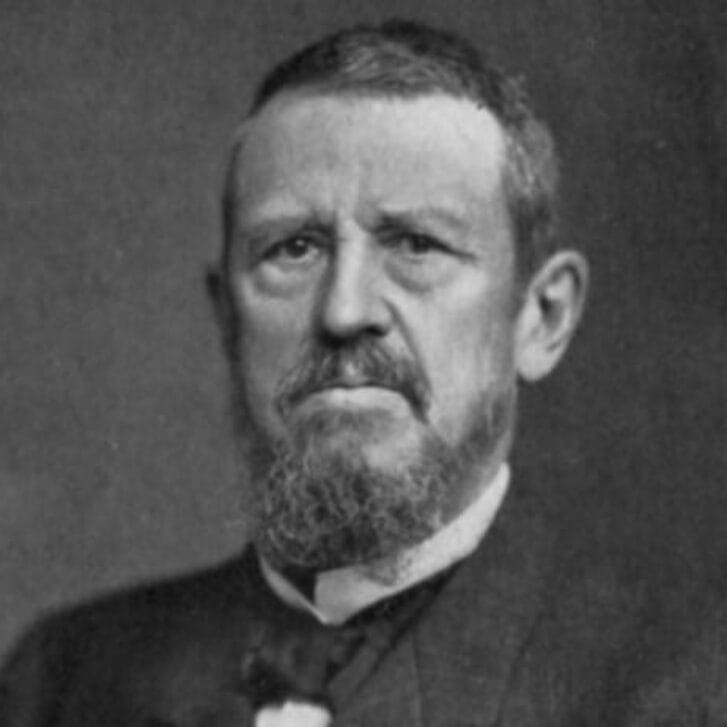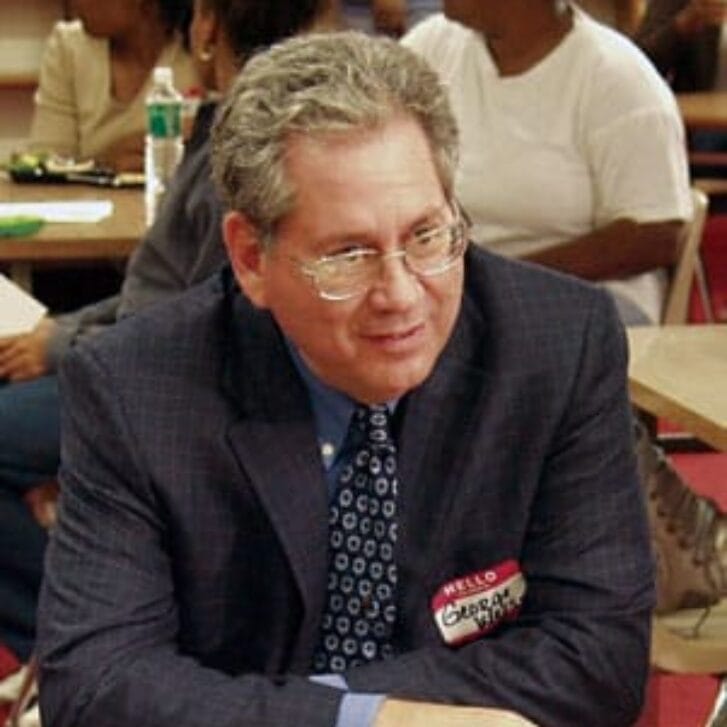In a previous blog post, I reflected on the definition of leadership and the challenge of personalizing one’s leadership style through a three-part framework, starting with the importance of self-awareness. Here, I’ll discuss leadership that’s both humanizing and situational — two additional factors that are critical for success in any modern organization.
Leadership is About Leading, Not Authority
Leadership is about inspiring and enabling others to do their best together to achieve a shared objective. At the same time you must allow others to learn, grow, and maximize their potential.
To inspire and enable, leaders need to define a vision, communicate the purpose, create organization clarity, and foster an environment which enables the team to find the best ways to achieve the objectives. The vision needs to be something which inspires the team with a common purpose. Many corporate initiatives focus on employee satisfaction or engagement, but there is a big difference between satisfied, engaged, and inspired. Both employee satisfaction and employee engagement are steps in developing a workforce of loyal, productive, and happy employees. However, employees — especially the new generation of employees — need more. They need to be challenged by a mission and inspired by a purpose.
The relentless focus on short-term shareholder value, while critically important for all businesses, is not sufficient anymore. The 2019 Business Roundtable statement including 181 CEOs is a powerful recognition of the seismic shift in the conversation about the role of business. Now, business is meeting the needs of all stakeholders, not just shareholders (as prescribed by Freeman’s shareholder primacy theory that I studied in school two decades ago). Many companies have a deep sense of purpose and a mission that inspires employees throughout the organization. IKEA would “create a better everyday life for many people.” Nike would “bring inspiration and innovation to every athlete in the world.” Google to “provide access to the world’s information in one click.” Leaders at all levels need to create visions for their teams or their organizations — a vision for creating a new business aligned with evolving societal needs.
While it is important to focus on vision, skills, and business objectives, leaders also need to humanize leadership and focus on lifting those around them up. According to a Harvard Business Review article, “Should Leaders Focus on Results, or on People?,” Matthew Lieberman writes, “Our brains have made it difficult to be both socially and analytically focused at the same time.” He explains that there are two separate networks in the brain responsible for each function, and they work like a seesaw. When we are focused on results, we display less caring toward people and interpersonal issues.
For long-term success in a complex business world, just focusing on short-term results is not sustainable. Leaders need to show empathy to understand another person’s experience, perspective, and feelings. Empathy enables you to know the effect your decisions and actions have on others. Without empathy, you can’t build a team or nurture a new generation of leaders. During a crisis such as the current pandemic, employees put even greater importance on the interpersonal skills of their leaders. Leaders need to recognize the vastly different concerns each individual faces. Leaders can help employees to make meaning during traumatic events and provide care and empathy for them so that they can continue to flourish and develop into leaders themselves. In the end, leadership is not a self-entitlement but an obligation to others.
Leadership is Contextual, Not Universal
The world is changing faster than ever before, and all businesses must deal with major trends including climate change, digital transformation, cyber security, and globalization of the supply chain. With those monumental developments, businesses are expected to be resilient yet adaptive, robust yet agile. The convergence of these trends, plus the current pandemic, further highlights the need for organizations to reassess assumptions and readiness to deal with emerging uncertainties. Regardless of how well your strategic planning process is, there will always be unexpected events that could disrupt your plans.
There are different theories about situational leadership, but the fundamental assumption is that the most effective style of leadership changes from situation to situation. I believe the key is not to expect leaders to have all the arrows in their quivers but rather to have an open mind and be willing to learn. Regardless of where you are in the world, there is risk in being ignorant, but there is no risk in being humble. People with the right mindset are likely to have a better chance to formally or informally access and synthesize new information. These people can connect with something they had experience with to develop a new mental framework for making the right decisions. Through those experiences, they will be able to gain new insights for guiding future decisions.
On the other hand, some of the leadership traits associated with your experience might become barriers in the changing dynamic world. Leaders may have to unlearn some of their experience-based frameworks during times of change. Continuous improvement can help you thrive in a more predictable market condition, but big decisions, when wrong, could quickly derail your strategy in an unexpectedly dynamic environment. For example, a strategy for a U.S. market-driven by supply-demand may not be applicable in the Chinese market either due to government policy or different customer behavior. Risk-taking — which sounds great in one business context — could be detrimental in another scenario. An uncertain world requires leaders to recognize that their old mental model may no longer be relevant or effective — they must continue learning and unlearning for these models to be effective.
In summary, leadership is contextual and leadership development is personal. We are all unique and different. As a result, each one of us will have to figure out our own personal expression of leadership. We should also recognize that leadership is a journey, not a destination. On this journey of leadership growth, we learn many lessons: how to know ourselves better, how to lead effectively, and how to make decisions based on a vision for the future.
I believe everyone has the potential to lead with this three-dimensional framework. The true challenge is for organizations to provide the opportunity and environment for developing personalized leadership, and for individuals to put in the effort. After all, Vince Lombardi already told us a long time ago: “Leaders aren’t born, they are made. And they are made just like anything else, through hard work.”


























